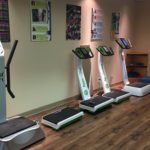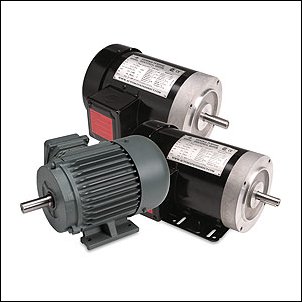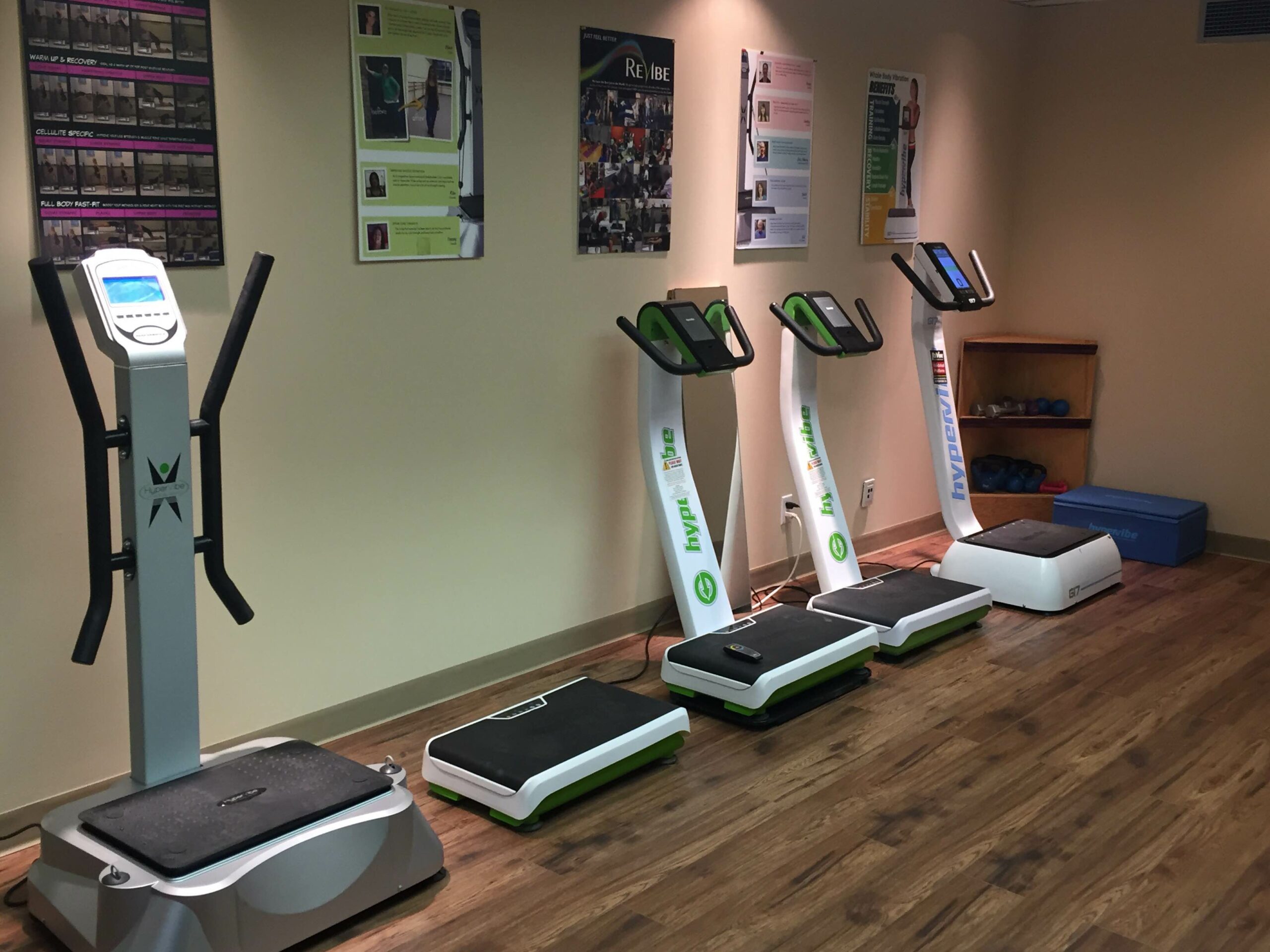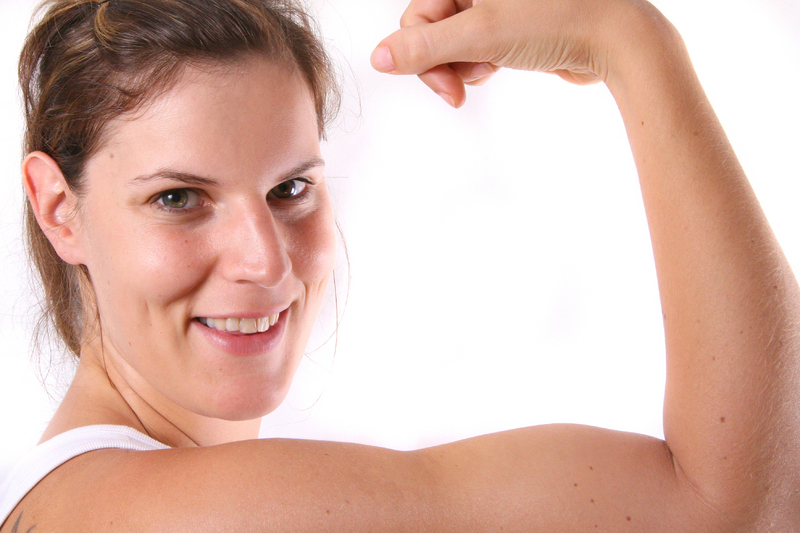Exploring Different Vibration Machine Platforms
Written by:
Dewald, Published on: 2013 July 8
You may or may not be aware that there are different types of vibration platforms out there. When I say “platform” I am specifically referring to just the part you stand on; the part that moves. When I say “type” of platform I’m referring to the different ways those plates can move when they vibrate.
How Many Types Are There?
There are no universally agreed-upon names for the different types of vibration which have
resulted in a multitude of different names now being used. It can be confusing for a
newcomer to Whole Body Vibration when they come across ten or more different names to
describe the platform types. “Do I really have to choose between ten different types?” you
might wonder.
Thankfully, despite some manufacturers insisting that their vibration type is unique, there
are really only 2 types of vibration. Two of the most commonly used names for these two
types and the ones I prefer to use are Pivotal and Lineal. All the other names you come
across are just different names given to either of these two types of vibration. eg:
Pivotal
Tilting, Rotational, See-Saw, Teeter-Totter, Side Alternating, Oscillating, Triangular Oscillating

Lineal
Vertical, Uniform, Synchronous, Tri-Planar, 3D, Piston
Though there are different technologies and mechanisms employed to drive the platform, the end result is always one (or both) of these types of vibrations.
A Third Type?
Recently a new breed of low acceleration machines have attempted to establish
themselves as a new vibration type called “spiral” vibration. In reality, however, these machines do not work on the principles of Whole Body Vibration, which is to produce vibration mainly in the vertical direction to increase the supply of gravity to the body. Instead, “spiral” machines produce vibration which is mainly horizontal in characteristics and is not supported by any Whole Body Vibration research.
Perhaps the most hotly contested claim of ‘uniqueness’ is machines described by the
term Tri-Planar. Some manufacturers have tried to claim that Tri-Planar is different to
Lineal which, strictly speaking, should describe vibration which is purely unidirectional –
straight up and down. Tri-Planar vibration is said to vibrate in all 3 planes, left to right, front to back, and up and down. There is one problem with “Tri-Planar” machines claiming to be different: Lineal machines vibrate in all 3 planes. ie. both names describe the same thing.
So the question arises – if “Lineal” platforms are not really lineal, are there any platforms
that do move purely in one direction only; straight up and down – and if there were, what
would we call them?
Let’s look at some examples to illustrate the answer:
In a 2009 study by Pel et al. (1) they measured the output of a Power Plate vibration platform advertised as a Tri-Planar machine. The researchers found that the Power Plate platform did indeed vibrate in 3 planes, left to right, front to back, and up and down.
Power Plate promote Tri-Planar as being “superior to Lineal”
In 2011 engineers from Beta Machinery in Canada measured the output of a WAVE platform advertised as a Lineal machine. The engineers found that the WAVE platform not only vibrated in all 3 planes, it actually did so with far more force in the side to side and front to backplanes than the Power Plate machine. Hardly what you’d call “Lineal”
WAVE promote Lineal as being “superior to Tri-Planar”
Anyone else sees a problem here?
In fact, in every engineering test I have seen where all 3 planes were measured, there is
not one “Lineal” vibration platform that moves purely straight up and down, there is always some degree of multi-planar vibration occurring.
Squabble as these Lineal companies may, the only thing that truly varies from one Lineal
platform to another is the degree to which the platform vibrates in all 3 planes.
Some manufacturers insist it is best to reduce multi-planar vibration and aim to be as close as possible to purely vertical. The truth is that there is no evidence of any kind suggesting purely vertical is better than multi-planar or vice versa.
Pivotal vs Lineal
Very few studies have directly compared a Pivotal platform to a Lineal one. If you have
been around Whole Body Vibration for a while you’d know that there are many different
Pivotal machines and many different Lineal machines with not much overlap in the G Forces and Frequencies produced among them. This can make it difficult to get a true comparison between a Pivotal and a Lineal when attempting to create conditions
(Frequency, G-force, foot position) for the user who is the same on both machines.
To complicate things even further, my Whole Body Vibration Research article exposes
fundamental errors made by researchers that result in reports with incorrect conclusions.
So, all things considered, the small amount of literature we have directly compared a
Pivotal platform to a Lineal platform should probably be viewed with discernment.
Some examples of direct comparisons:
★ Abercromby et al. (2) and also Ritzmann et al. (3) found that Pivotal increases neuromuscular activity more than Lineal.
★ VonStengel et al. found that Pivotal improves bone density more than Lineal (4).
★ Gojanovic et al. found that Pivotal has a greater metabolic effect than Lineal (5).
★ On the other hand, in 2010, though it was not a direct comparison of one machine with
another, the conclusion of a ‘meta-analysis’ by Marin et al. was that Lineal produces
more long-term strength and power gains than Pivotal (6).
Head Viiibbbbraaaation
Possibly the only undisputed research finding at this point involves the transmission of vibration to the head.
★ In 2006 Spitzenpfeil et al. found that Lineal created up to 200% more head vibration than Pivotal (7).
★ In 2007 Abercromby et al. found that Lineal created up to 187% more head vibration than Pivotal (8).
It should be noted however that the only exercise performed in this research was squatting, ie. with the feet in contact with the platform. Though it has not been confirmed, it is possible that the results would be reversed during upper body exercise when it is the hands in contact with the platform ie. Pivotal would produce more head vibration.
Which One To Choose?
At this point, I don’t think it would be fair to say that one platform type has been conclusively proven to be better than the other type. Head vibration is something to be considered however so perhaps choosing a Pivotal would be best if you plan on doing mostly lower body exercise, or Lineal if mostly upper body exercise.
Why not try both types before committing to anything. What you feel comfortable with will certainly impact the amount of use you give the machine and therefore the results you get.
The other major determinant of results, whether it be Pivotal or Lineal is the acceleration capabilities of the machine. High Acceleration platforms are the most clinically supported platforms and will give you the best possible experience of what real vibration training has to offer. So make sure any pre-purchase comparison includes high acceleration machines.
See the Whole Body Vibration Buyers Guide for 41 acceleration comparisons.
References:
(1) Pel JJ, Bagheri J, van Dam LM, et al. Platform accelerations of three different whole-body vibration devices and the transmission of vertical vibrations to the lower limbs. Med Eng Phys. 2009 Oct;31(8):937-44.
(2) Abercromby AF, Amonette WE, Layne CS, et al. Variation in neuromuscular responses during acute whole-body vibration exercise. Med Sci Sports Exerc. 2007 Sep;39(9):1642-50.
(3) Ritzmann R, Gollhofer A, Kramer A. The influence of vibration type, frequency, body position, and additional load on the neuromuscular activity during whole body vibration. Eur J Appl Physiol. 2013 Jan;113(1):1-11.
(4) Von Stengel S, Kemmler W, Bebenek M, et al. Effects of whole-body vibration training on different devices on bone mineral density. Med Sci Sports Exerc. 2011 Jun;43(6):1071-9.
(5) Gojanovic B, Henchoz Y. Whole-body vibration training: metabolic cost of synchronous, side-alternating or no vibrations. J Sports Sci. 2012;30(13):1397-403.
(6) Marín PJ, Rhea MR. Effects of vibration training on muscle strength: a meta-analysis. J Strength Cond Res. 2010 Feb;24(2):548-56.
(7) Spitzenpfeil, P, Stritzker, M, Kirchbichler, A, Tusker, F, Hartmann, U, Hartard, H (2006). “Mechanical impacts to the human body by different vibration training devices”. Journal of Biomechanics 39 (Suppl 1): 196
(8) Abercromby AF, Amonette WE, Layne CS, et al. Vibration Exposure and Biodynamic Responses During Whole Body Vibration Training. Med Sci Sports Exerc. 2007 Oct;39(10):1794-800.















